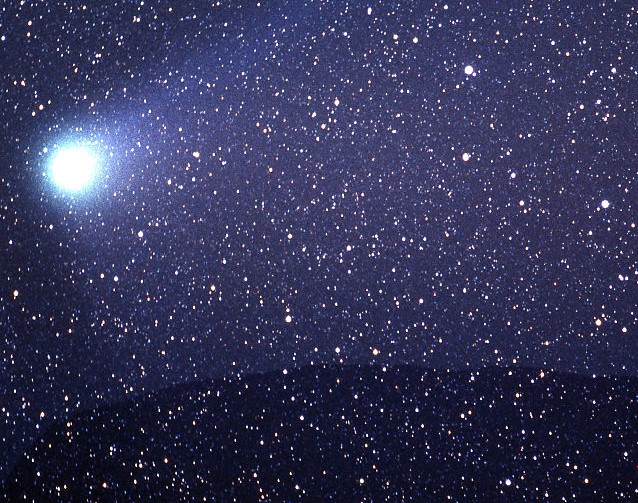Shooting stars will provide a little bit of joy to all Australians over the coming days while we stay at home to stop the spread of COVID-19, according astronomer Dr Brad Tucker from The Australian National University (ANU).
Dr Tucker said the streaking-light shows from the Eta Aquariids meteor shower, which are bits of rock and ice from Halley’s Comet that will burn up in Earth’s atmosphere, would happen from early morning on Wednesday and Thursday.
“This will be one of the best meteor showers that we will see this year,” said Dr Tucker from the ANU Research School of Astronomy and Astrophysics.
“The meteor shower is visible all across Australia. In a dark location, you can expect up to 50 shooting stars per hour.”
Dr Tucker said the peak of the meteor shower will be early Wednesday morning (6 May), but the following morning will also be “very good”.
“The time to see the meteors will start around 4am local time. The Moon will have set as the shower starts to peak, which means the sky will be nice and dark and it will allow everyone to see the fainter meteors.”
Dr Tucker said people should allow their eyes 10 minutes to adjust to the darkness.
“Look towards the East and the sky should be putting on a show for you,” he said.
“If you are in a city, getting away from nearby lights and into a darker area like a nearby oval will allow you to see more shooting stars.”
According to Dr Tucker, the event will probably not be live-streamed, but “the meteor shower peaks on Wednesday morning and Thursday morning, and it is still pretty good Friday morning, so hopefully the clouds cooperate”.
“Also, if it is partly cloudy, we should still be able to see some.”
Dr Tucker said Halley’s Comet produces two meteor showers per year that are visible from Earth – the other is the Orionids later in the year.
“There are usually a few less for that shower, but both are from Halley’s Comet,” he said.



